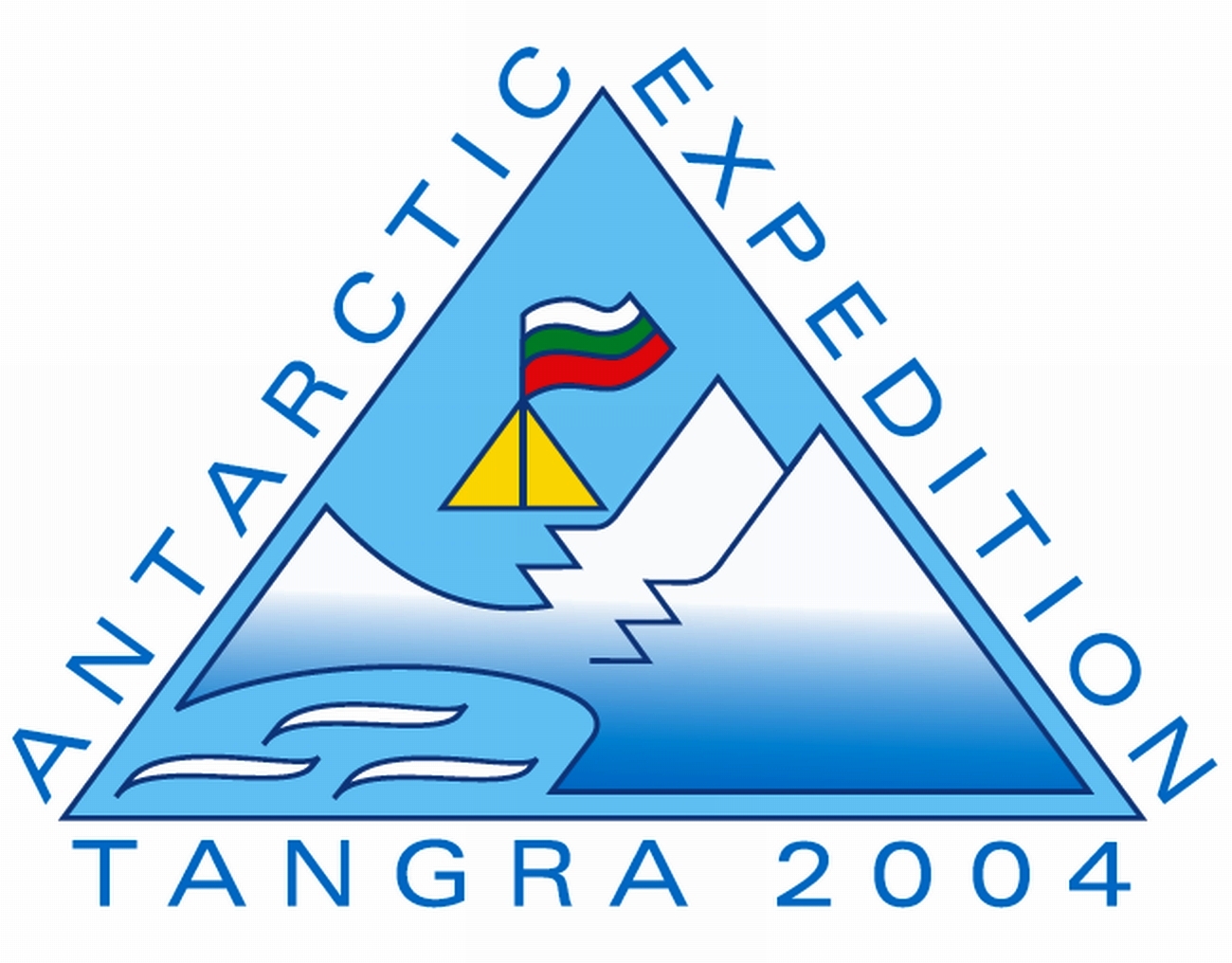|
Rakovski Nunatak
Rakovski Nunatak (Rakovski Nunatak \ra-'kov-ski 'nu-na-tak\) is a rocky peak of elevation 430 m in Vidin Heights on Varna Peninsula, Livingston Island in the South Shetland Islands, Antarctica. Surmounting Rose Valley Glacier to the north. The peak is named after Georgi S. Rakovski (1821–1867), writer and leader of the Bulgarian liberation movement. Location The peak is located at , which is 1.58 km west of Sharp Peak, 3.6 km northeast of Miziya Peak and 1.38 km north-northeast of Madara Peak (Bulgarian topographic survey Tangra 2004/05, and mapping in 2005 and 2009). Maps * L.L. Ivanov et al. Antarctica: Livingston Island and Greenwich Island, South Shetland Islands. Scale 1:100000 topographic map. Sofia: Antarctic Place-names Commission of Bulgaria, 2005. * L.L. IvanovAntarctica: Livingston Island and Greenwich, Robert, Snow and Smith Islands Scale 1:120000 topographic map. Troyan: Manfred Wörner Foundation, 2009. References Rakovski Nunatak.SCAR Compos ... [...More Info...] [...Related Items...] OR: [Wikipedia] [Google] [Baidu] |
Georgi Sava Rakovski
Georgi Stoykov Rakovski ( bg, Георги Стойков Раковски) (1821 – 9 October 1867), known also Georgi Sava Rakovski (), born Sabi Stoykov Popovich (), was a 19th-century Bulgarian revolutionary, freemason, writer and an important figure of the Bulgarian National Revival and resistance against Ottoman rule. Biography Early life He was born in Kotel to a wealthy and patriotic family. He attended monastery schools in his hometown and in Karlovo, and in 1837, went to study in the Greek Orthodox College in Istanbul. In 1841, he was sentenced to death whilst involved in revolutionary plans against the Turks, but thanks to a Greek friend,he managed to escape to Marseille. A year-and-a-half later, he returned to Kotel, only to be arrested again in 1845. Sent to Istanbul for seven years of solitary confinement, he was released in May 1848. He decided to remain in Istanbul, where he worked as a lawyer and tradesman, and took part in campaigns for a Bulgarian na ... [...More Info...] [...Related Items...] OR: [Wikipedia] [Google] [Baidu] |
Composite Antarctic Gazetteer
The Composite Gazetteer of Antarctica (CGA) of the Scientific Committee on Antarctic Research (SCAR) is the authoritative international gazetteer containing all Antarctic toponyms published in national gazetteers, plus basic information about those names and the relevant geographical features. The Gazetteer includes also parts of the International Hydrographic Organization (IHO) General Bathymetric Chart of the Oceans (GEBCO) gazetteer for under-sea features situated south of 60° south latitude. , the overall content of the CGA amounts to 37,893 geographic names for 19,803 features including some 500 features with two or more entirely different names, contributed by the following sources: {, class="wikitable sortable" ! Country ! Names , - , United States , 13,192 , - , United Kingdom , 5,040 , - , Russia , 4,808 , - , New Zealand , 2,597 , - , Australia , 2,551 , - , Argentina , 2,545 , - , Chile , 1,866 , - , Norway , 1,706 , - , Bulgaria , 1,450 , - , G ... [...More Info...] [...Related Items...] OR: [Wikipedia] [Google] [Baidu] |
Tangra 2004/05
The Tangra 2004/05 Expedition was commissioned by the Antarctic Place-names Commission at the Ministry of Foreign Affairs of Bulgaria, managed by the Manfred Wörner Foundation, and supported by the Bulgarian Antarctic Institute, the Institute of Mathematics and Informatics at the Bulgarian Academy of Sciences, Bulgarian Posts, Uruguayan Antarctic Institute, Peregrine Shipping (Australia), and Petrol Ltd, TNT, Mtel, Bulstrad, Polytours, B. Bekyarov and B. Chernev (Bulgaria). Expedition team Dr. Lyubomir Ivanov (team leader), senior research associate, Institute of Mathematics and Informatics at the Bulgarian Academy of Sciences; chairman, Antarctic Place-names Commission; author of the 1995 Bulgarian Antarctic ''Toponymic Guidelines'' introducing in particular the present official system for the Romanization of Bulgarian; participant in four Bulgarian Antarctic campaigns, and author of the first Bulgarian Antarctic topographic maps. Doychin Vas ... [...More Info...] [...Related Items...] OR: [Wikipedia] [Google] [Baidu] |
Madara Peak
Madara Peak ( bg, връх Мадара, vrah Madara, ) is a 430 m peak in Vidin Heights on Varna Peninsula, Livingston Island in the South Shetland Islands, Antarctica. Surmounting Panega Glacier to the south. Steep and partly ice-free southern slopes. The peak is named after the historic site of Madara in northeastern Bulgaria. Location The peak is located at , which is 1.26 km northeast of Samuel Peak, 1.25 km north-northwest of Sakar Peak, 1.3 km northeast of Samuel Peak, 2.6 km east of Miziya Peak, 1.4 km south-southwest of Rakovski Nunatak, 2.5 km southwest of Sharp Peak and 4.97 km west by north of Edinburgh Hill (Bulgarian topographic survey Tangra 2004/05, and mapping in 2005 and 2009). Maps * L.L. Ivanov et al. Antarctica: Livingston Island and Greenwich Island, South Shetland Islands. Scale 1:100000 topographic map. Sofia: Antarctic Place-names Commission of Bulgaria, 2005. * L.L. IvanovAntarctica: Livingston Island and Greenwich, ... [...More Info...] [...Related Items...] OR: [Wikipedia] [Google] [Baidu] |
Miziya Peak
Miziya Peak ( bg, връх Мизия, vrah Miziya, ) is the 604 m summit of Vidin Heights on Varna Peninsula, eastern Livingston Island in the South Shetland Islands, Antarctica. The peak overlooks Kaliakra Glacier to the south, and Saedinenie Snowfield to the northwest. First ascent by Lyubomir Ivanov (explorer), Lyubomir Ivanov from Camp Academia on 25 December 2004, as part of Tangra 2004/05 survey. The peak is named after the Bulgarian town of Miziya in relation to the ancient Thrace, Thracian province of Moesia, Miziya (Moesia). Location The peak is located at , which is 7.4 km north of Melnik Peak, 9.25 km north by east of Mount Bowles, 4.24 km north-northeast of Leslie Hill, Livingston Island, Leslie Hill, 4.19 km north-northeast of Castra Martis Hill, 5.4 km northeast of the summit of Gleaner Heights, 4.55 km south-southeast of Kotis Point, 9.47 km south of Williams Point and 7.52 km west of Edinburgh Hill (Bulgarian topographic ... [...More Info...] [...Related Items...] OR: [Wikipedia] [Google] [Baidu] |
Sharp Peak, Livingston Island
Sharp Peak is a sharp rocky peak rising to 500 m in the northeast of Vidin Heights on Varna Peninsula, Livingston Island in the South Shetland Islands, Antarctica. The peak is surmounting Rose Valley Glacier to the northwest and Debelt Glacier to the south. The feature was named descriptively in a 1935 British chart. Location The peak is located at which is 2.38 km south by west of Karavelova Point, 3.28 km west of Inott Point, 3.28 km northwest of Edinburgh Hill, 1.9 km north by east of Helis Nunatak, 3.73 km northeast of Samuel Peak and 5.08 km east-northeast of Miziya Peak (British survey in 1957-59 and mapping in 1968, Spanish mapping in 1991, and Bulgarian in 2005 and 2009). See also * Varna Peninsula * Livingston Island Livingston Island (Russian name ''Smolensk'', ) is an Antarctic island in the Southern Ocean, part of the South Shetlands Archipelago, a group of Antarctic islands north of the Antarctic Peninsula. It was the first ... [...More Info...] [...Related Items...] OR: [Wikipedia] [Google] [Baidu] |
Rose Valley Glacier
Rose Valley Glacier ( bg, ледник Розова долина, lednik Rozova dolina, ) is a glacier on Varna Peninsula, eastern Livingston Island in the South Shetland Islands, Antarctica situated northeast of Saedinenie Snowfield, northwest of Debelt Glacier and north of Panega Glacier. It extends 5.2 km in southeast-northwest direction and 3.7 km in southwest-northeast direction, and drains the northeast slopes of Vidin Heights to flow into Lister Cove and McFarlane Strait between Pomorie Point and Inott Point. The feature is named after the Valley of Roses in central Bulgaria. Location The glacier is located at (Bulgarian topographic survey Tangra 2004/05 and mapping in 2005 and 2009). See also * List of glaciers in the Antarctic * Glaciology Maps * L.L. Ivanov et al. Antarctica: Livingston Island and Greenwich Island, South Shetland Islands. Scale 1:100000 topographic map. Sofia: Antarctic Place-names Commission of Bulgaria, 2005. * L.L. IvanovAntarcti ... [...More Info...] [...Related Items...] OR: [Wikipedia] [Google] [Baidu] |
Antarctica
Antarctica () is Earth's southernmost and least-populated continent. Situated almost entirely south of the Antarctic Circle and surrounded by the Southern Ocean, it contains the geographic South Pole. Antarctica is the fifth-largest continent, being about 40% larger than Europe, and has an area of . Most of Antarctica is covered by the Antarctic ice sheet, with an average thickness of . Antarctica is, on average, the coldest, driest, and windiest of the continents, and it has the highest average elevation. It is mainly a polar desert, with annual precipitation of over along the coast and far less inland. About 70% of the world's freshwater reserves are frozen in Antarctica, which, if melted, would raise global sea levels by almost . Antarctica holds the record for the lowest measured temperature on Earth, . The coastal regions can reach temperatures over in summer. Native species of animals include mites, nematodes, penguins, seals and tardigrades. Where vegetation o ... [...More Info...] [...Related Items...] OR: [Wikipedia] [Google] [Baidu] |
South Shetland Islands
The South Shetland Islands are a group of Antarctic islands with a total area of . They lie about north of the Antarctic Peninsula, and between southwest of the nearest point of the South Orkney Islands. By the Antarctic Treaty of 1959, the islands' sovereignty is neither recognized nor disputed by the signatories and they are free for use by any signatory for non-military purposes. The islands have been claimed by the United Kingdom since 1908 and as part of the British Antarctic Territory since 1962. They are also claimed by the governments of Chile (since 1940, as part of the Antártica Chilena province) and Argentina (since 1943, as part of Argentine Antarctica, Tierra del Fuego Province). Several countries maintain research stations on the islands. Most of them are situated on King George Island, benefitting from the airfield of the Chilean base Eduardo Frei. There are sixteen research stations in different parts of the islands, with Chilean stations being ... [...More Info...] [...Related Items...] OR: [Wikipedia] [Google] [Baidu] |







